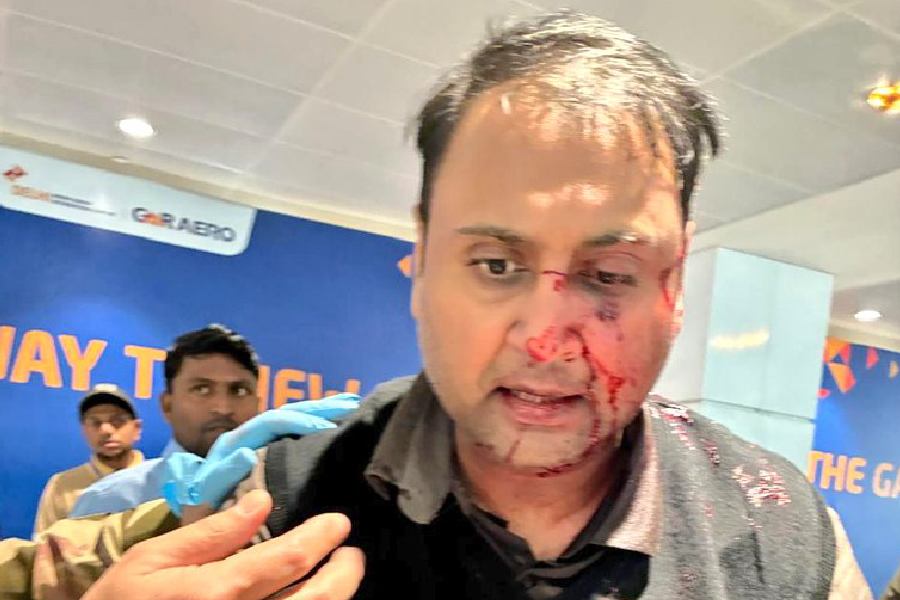The BJP on Tuesday surged ahead to emerge for the first time in over two decades as the dominant player in the Mandal-dominated politics of Bihar.
The party appeared all set to bag over 70 seats, pushing ally Janata Dal United to the junior position in the NDA and giving a tough fight to challenger RJD for the “party No. 1” slot.
Nitish Kumar’s JDU looked clearly subjugated before the BJP, hovering around a meagre 43-seat tally while a neck-and-neck fight was on with the RJD for the single largest party position.
This was for the first time that the BJP had gained the upper hand in terms of seat tally since it aligned with Nitish in 1996.
There was also good news for the BJP from the bunch of by-elections across states. The party appeared unscathed by the economic crisis inflicted by the coronavirus-induced lockdown.
In Bihar, a simmering 15-year anti-incumbency left ally Nitish battered and bruised but the voters seemed to have spared the BJP despite the fact that the party enjoyed power along with the JDU.
At the BJP headquarters in Delhi, party workers shouted “Modi, Modi...” when asked about the startling performance that beat all predictions. Leaders said Prime Minister Narendra Modi’s popularity had shielded the BJP from the Nitish government’s anti-incumbency.
Modi had addressed around a dozen rallies in Bihar and written a last-minute letter appealing to the state’s voters that he needed a Nitish-led NDA government for development. Party leaders said Modi had not only helped the BJP to gain a towering position in Bihar but also rescued Nitish from sinking.
What, however, appeared to have helped the BJP gain dominance was the role played by two marginal players — Chirag Paswan and Asaduddin Owaisi. Chirag’s Lok Janshakti Party, by going alone and fielding candidates against the JDU, seemed to have battered down Nitish’s tally while Owaisi’s All India Majlis-e-Ittehadul Muslimeen hit the RJD-Congress by deeply dividing the Muslim voters in the far-east or Seemanchal region.
Owaisi’s AIMIM was on course to win five seats and harmed the RJD-Congress candidates’ chance of winning around 10 more seats.
This strategy seemed to have damaged the two Mandal/social justice parties — the JDU and the RJD — and aided the traditional upper caste-backed BJP to rise to the top. Both the JDU and the RJD, despite being rivals, derive their strength from the backward castes.
The emergence of the BJP showed the era of Mandal, or “social justice” politics that started in the nineties, was struggling to survive. The BJP, which had then pitched “kamandal” or Ram temple politics to counter Mandal, seemed to be gaining the upper hand in heartland Bihar too after Uttar Pradesh.
The BJP may allow Nitish to continue as chief minister despite the JDU bagging a lesser number of seats but the BJP appears to be striving to achieve what it has already gained in neighbouring Uttar Pradesh, party insiders indicated.
In Uttar Pradesh, the BJP had managed to woo the non-Yadav backward castes by projecting then state party chief Keshav Prasad Maurya, a backward, and also aligning with smaller backward caste parties like the Suheldev Bharatiya Samaj Party and the Apna Dal. However, after poll victory, Yogi Adityanath, an upper caste Thakur, was chosen as the chief minister.
Maurya is the deputy chief minister in Uttar Pradesh but he hardly appears to have any say, overshadowed by the saffron-robed Adityanath. Now in Bihar, backward caste Nitish may sit on the chief minister’s chair but he would clearly be dominated by the BJP having the strength of around double the number of seats.











